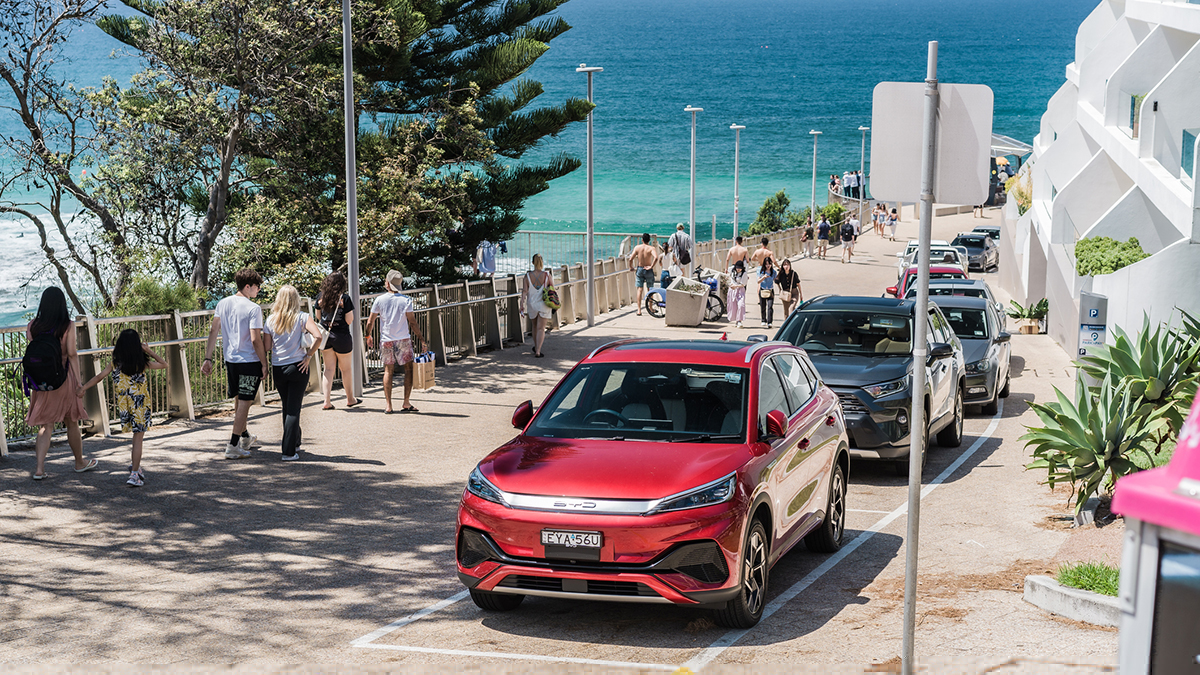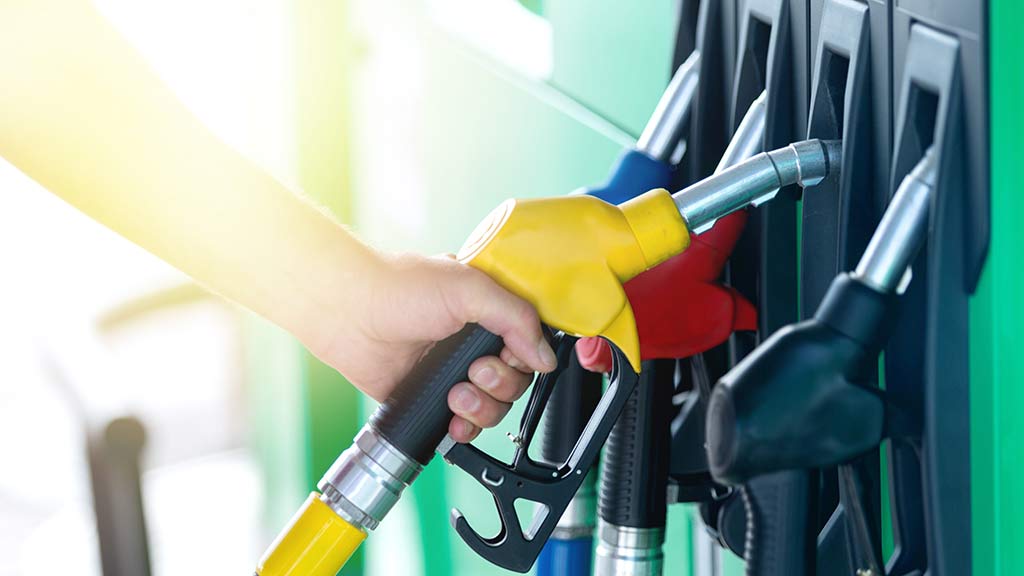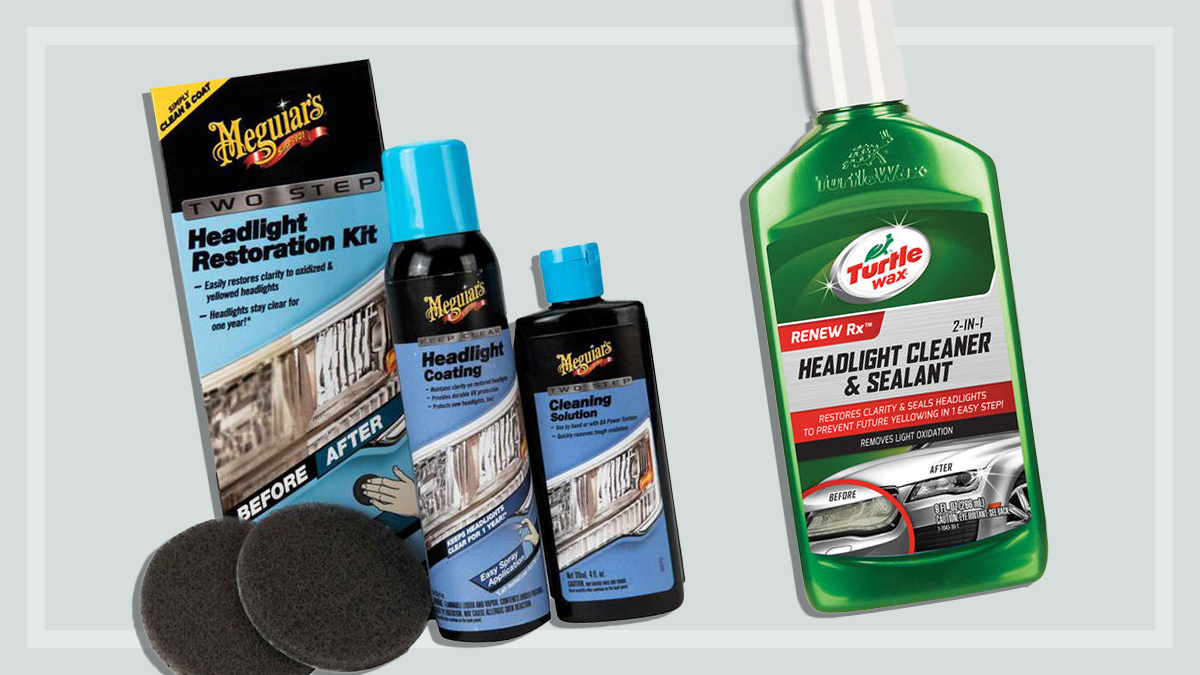Get our independent lab tests, expert reviews and honest advice.
How to buy a new car

You’ve decided you want a brand-spanking new car. You’re craving that new car smell and the rattle-free hum of a new engine and chassis. You want to get behind the wheel of something that’s never experienced a prang or a spilled milkshake. With all the excitement you might be tempted to buy on impulse, but don’t rush into it. Do your homework, beware of dealer tricks and learn to negotiate – it can save you thousands.
On this page:
- Do your homework
- Safety
- Fuel consumption and environmental concerns
- Trade-in or private sale
- Test driving a new car
- Make sure the price is right
- Beware the compliance plate trap
- Be wary of extras
- Arrange your finance
- Finish the deal
Steps to buying a new car
June can be a great month for buying a new car with all the end-of-financial-year deals on offer, but our step-by-step guide to buying a new car will help ensure a smooth journey towards a great deal any time of the year.
Do your homework
Start off by thinking about the make and model you want and check that it will suit your needs. Check:
- manufacturer’s websites
- buyer guides in car magazines or newspapers
- reviews of the make and model
- reliability surveys
- Australasian New Car Assessment Program (ANCAP) ratings
- IAG Reversing Visibility Index
- National Motor Vehicle Theft Reduction Council Car Security Scores.
- Vehicle Emissions Star Rating (VESR)
Safety
Not all cars are made equal so it’s important to consider the safety features that are available.
The ANCAP ratings will give you valuable information about the safety of new cars in the event of a crash. Frontal offset, side impact, pole, pedestrian and whiplash tests are all part of the extensive and internationally recognised testing regime which also includes an assessment of the safety features of all new car models available in Australia.
Fuel consumption and environmental concerns
As environmental concerns rise alongside fuel prices, fuel consumption and efficiency are significant factors to consider.
You can check the car’s fuel consumption information on a yellow label that’s displayed on the windscreen of new cars. The sticker looks like the energy label you’re probably familiar with from your fridge or washing machine. It’ll show the car’s fuel consumption in litres per 100km and its carbon dioxide emissions – so the lower the numbers you see, the better.
Keep in mind that fuel consumption is determined in lab testing but how much fuel you’ll actually use can be considerably different, depending on:
- your driving style – how do you accelerate and brake?
- the car’s condition – are the tyres inflated and is the engine tuned?
- traffic conditions – do you spend lots of time in traffic or do you get smooth runs?
You can check how each car model’s carbon dioxide emissions compare at the government Vehicle Emissions Star Rating (VESR) website. The site presents a simple star rating for each make and model, based on information from the Green Vehicle Guide, and lets you search and compare based on brand, model, engine type and more. The Green Vehicle Guide offers more detailed information if you want delve into specifics such as the annual tailpipe and fuel production CO2 emissions.
These labels and websites are useful tools that can help you make an informed decision, that will save on fuel costs and help the environment.
Potential resale value
If the car you’re looking at is equipped with good safety features and is fuel efficient it should perform well when it comes to resale. For a guide you can check Glass’s Guide or RedBook.
Car insurance costs
Consider the cost of car insurance when thinking about which car to go with. Once you’ve narrowed down your list of favourites, find out how much it’ll cost to insure them. It could be a determining factor in which car you’ll end up going for.
Warranty
Check what kind of warranty will come with the car you’re thinking of buying. Some new cars also come with roadside assistance and set-price servicing.
Model cycle
The life cycle for models varies between manufacturers, but typically there are minor updates every two years while major updates come about every four to five years. Buying a model that’s about to be superseded, especially by a new-generation vehicle, will give you a point of leverage with the dealer as its resale value will suffer with the arrival of a new model.
Trade-in or private sale
If you are relying on selling your current car to buy your new one, you need to decide whether to trade it in or sell it privately. Here are some points to consider when thinking of which path to take:
- A trade-in can be quite convenient and straightforward.
- If there’s demand and popularity for your current car you might get a better trade-in deal.
- Service records and/or receipts are a great help in securing the best trade-in deal.
- Presenting your car in a neat and tidy condition will also help in securing a good trade-in value.
- You could get substantially more money if you choose to sell your car privately.
- Selling privately will cost you more in time and hassle.
Test driving a new car
Once you’ve narrowed your choice down to three or four different cars, start visiting dealers for test drives.
- If possible, use a test route chosen by you rather than the dealer.
- Take your time and drive in a variety of road and traffic conditions.
- Make sure the demonstration vehicle has the same specifications as the car you’re thinking of buying.
- Take a friend so they can drive part of the route while you take the passenger seat. You’ll be surprised at what you can learn from the other perspective.
Make sure the price is right
- Visit at least three dealerships for quotes.
- Don’t be sucked into the line “this deal is only good for today” – resist all pressure until you’re 100% happy and ready to buy.
- Dealers must quote you an all-inclusive, drive-away price that includes dealer fees, stamp duty, registration and so on. Make sure this is the quote you’re getting.
- If you’re trading in your existing car, ask the salesperson for a changeover (net) price to the new car after deducting the trade-in. This avoids confusion, as some dealers will offer a good price on the new car but a poor trade-in value on your existing car. On the other hand, a good trade-in price may be offset by a higher price on a new car.
- Don’t misrepresent deals or prices that you’ve been offered elsewhere – you’re likely to be caught out and your negotiating position will be weakened.
Beware the compliance plate trap
The date on a car’s compliance plate might not necessarily be the same as the build plate. And this is especially true for cars manufactured overseas. The compliance plate only tells you when the car was approved for sale in Australia.
For example, a car may have a February 2014 compliance plate, even though it was built in late 2013. This means that it is a 2013 model and its future value will be based on it being a 2013 model rather than a 2014 model.
Insist on being shown the built-date plate. This plate is often attached to the firewall in the engine compartment.
Be wary of extras
Would you like the floor mats with this car? What about window tinting, leather seats, fabric protection, rust proofing or paint protection? Many car dealers will try to offer you all these sorts of extras, and while some may be worthwhile, you’re usually better off buying them yourself afterwards. Keep in mind, though, that some extras must be factory fitted to be covered by the dealer warranty.
Forget about additional rust-proofing, as the car will already be rust-protected and problems will be covered by warranty, or paint protection, which is also covered by warranty. You can do fabric protection yourself with a can of fabric protector from the supermarket.
Take caution in buying extended warranties – they sound great but car dealers can get a huge commission of more than 50% of your premium for selling them. You might also run into trouble if you have to claim on them if something happens. Claim amounts are often capped and exclusions can apply.
Arrange your finance
In most cases you’re better off arranging your own finance rather than getting finance through the car dealership. Having your finance pre-approved also gives you a more solid bargaining position.
Tip: If you have a home loan with redraw facility, this could be your cheapest option – but make sure you make extra repayments of the same amount or more than you would have paid for the car loan. The longer you take to pay it off, the more interest you’ll pay.
Finish the deal
So you’ve inspected and driven a car you think might be “the one”. Here’s what to do before you seal the deal:
- Make sure it’s the right model with the right features.
- Don’t sign anything until you’re completely happy – if the car needs accessories fitted, or any other adjustments, it might be difficult to get this done after the purchase has been complete.
- Make sure no item is left blank on the forms.
- Be wary of paying a deposit unless you have a 100% guarantee it’s fully refundable should the deal fall through. It’s also a good idea to pay your deposit with a credit card so you can use the chargeback system if the dealer happens to go out of business before you pick up your car.
- Don’t forget to have your car insurance in place before driving away in your new car.




